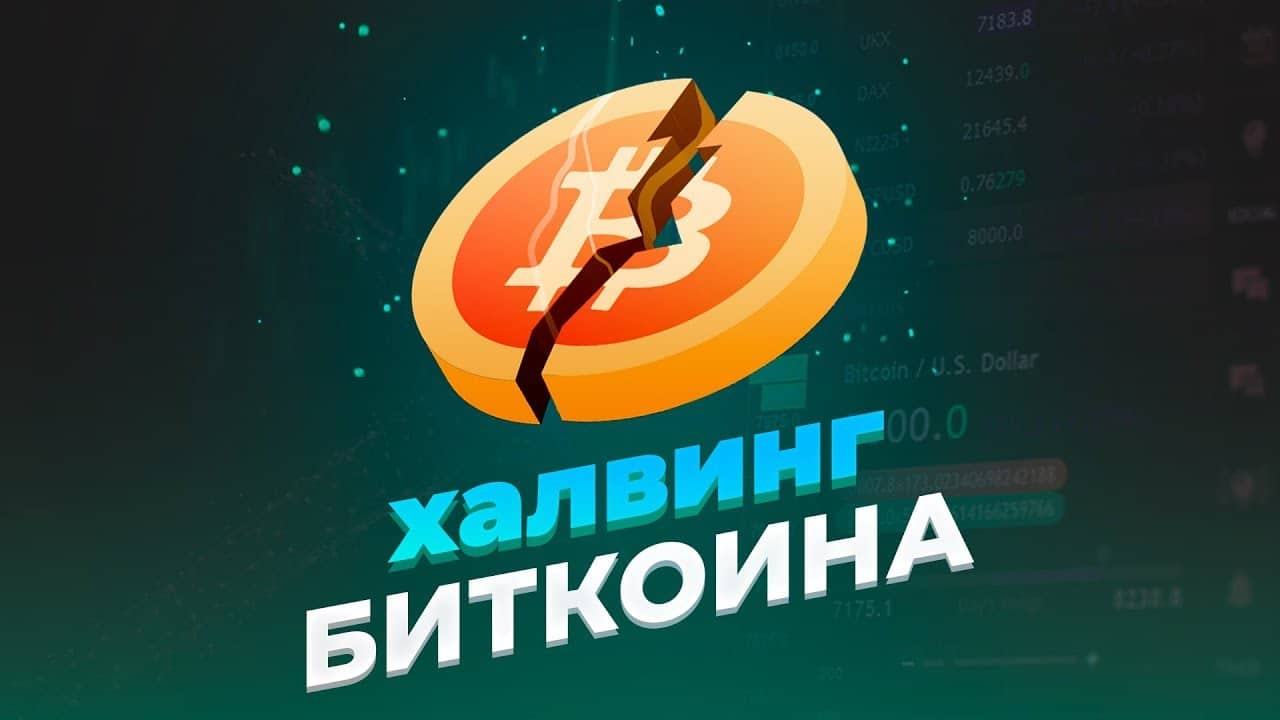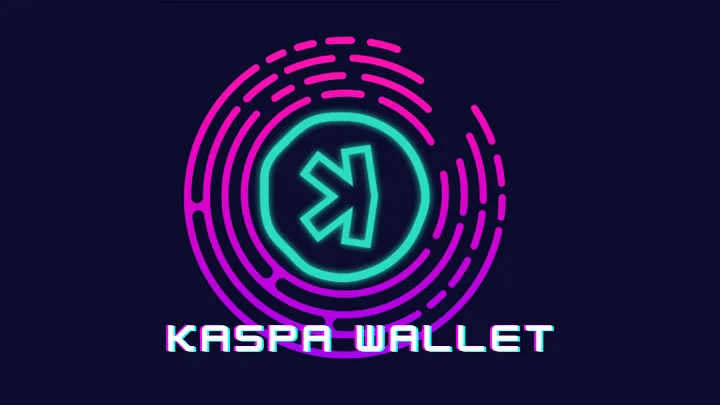

If you have just entered the world of cryptocurrency, you can often come across incomprehensible sets of letters: IDO, ICO, STO, IEO, etc. I suggest you figure out what IDO is, why you can make good money on it, and is it a scam!?
Let’s talk about what IDO (Initial Dex Offering) is, its pros and cons, and how the new model differs from ICO, STO and IEO. We also indicate what the future can expect for IDO in 2023.
What is IDO
IDO is a fundraising method in which a crowdsale is carried out through a decentralized exchange, using liquidity pools, through which traders can easily and quickly buy new tokens on the DEX.
The liquidity pool is trading pairs of conventional cryptocurrencies and stablecoins, such as USDT/ETH. Thanks to them, traders can quickly switch between crypto assets and stablecoins depending on market conditions. And since the volatility of stablecoins is negligible, this reduces the risk of losing your investment due to the extreme volatility of the cryptocurrency market.
При этом, как и в случае ICO, в IDO минимальные требования для инвесторов и разработчиков (часто их вообще нет). Из-за чего такой способ привлечения средств стал очень популярным среди DeFi-проектов в 2020 году. И если снова не вмешается регулятор, то, скорее всего, IDO станет новым трендом в мире криптовалют.

Technology transition to IDO
If we talk about the stock market, IPO has been a way to raise capital for many years. In cryptocurrency, technology is developing more rapidly. First there was ICO (Initial Coin Offering) in 2017-2018, then IEO (Initial Exchange Offering) in 2019 and IDO (Initial Dex Offering) in 2020, which continues to this day.
Now we can talk in more detail about each of the species.
ICO
ICO is the beginning. Initially, crowdfunding for the early financing of blockchain startups took place through ICOs. Under this model, anyone could start selling their tokens to anyone. At the same time, the tokensailer does not need to disclose his identification data, or present the finished product, or confirm his qualifications, or prove in any other way that he is a reliable developer, and his project is a profitable investment. It was enough just to create a smart contract to sell your tokens for bitcoins or ether.
Such easy access to investments attracted interest and money to the ICO market, but at the same time, the lack of any control and requirements also became the main reason for the increase in the number of scammers. Thus, according to a study by Satis Group LLC, in 2018, more than 80% of all tokensales on the ICO market were scams. When investors realized this problem, they began to involve regulators and file lawsuits against tokensellers and even those who advertised them.
STO
STO – arrival of regulators. The result of such movements was the intervention of regulators (the SEC distinguished itself the most), who demanded that blockchain startups comply with laws on the issue and distribution of securities, since almost all tokens are digital securities (security-tokens). Many projects agreed with this requirement. At the same time, in order to dissociate themselves from the tarnished reputation of traditional ICOs, they began to call their crowdfunding campaigns STO (Security token offering).
For some time, STOs became a new trend, but this did not last long, as it turned out that it was very difficult to register a project in accordance with all the rules, and only accredited investors and / or investment funds could participate in STOs – all this limited the inflow of investments, and therefore began search for a new mechanism for early financing of startups.
IEO
IEO is a new strategy. The result of these searches was the IEO model – a kind of crypto-crowdsale, in which all the responsibilities for providing the infrastructure for issuing, selling and most of the marketing fall on a centralized crypto exchange. This is quite convenient, but in order to conduct such a token sale, the startup needs to pass the test. The process of checking a new project is similar to what happens when listing any other coin: the trading platform studies the white paper, yellow paper (technical documentation), the experience of the development team, the demand for the project and its investment attractiveness.
Unlike an ICO, in which the project team is responsible for everything itself, during an IEO, the exchange takes on a huge part of the work: it already has the necessary infrastructure for launching, an audience, and advertising channels. In return, she takes a listing fee and receives commissions or project coins. In addition, often the exchange also receives the exclusive right to trade a new token.
IDO
IDO – new technologies. High costs, the inability to trade on other exchanges, and often not entirely transparent project requirements have caused many developers to dislike the IEO model. In addition, both startups and investors also did not like the dependence of IEO on centralized exchanges, which goes against the very idea of cryptocurrency and blockchain – decentralization.
In order to level all these shortcomings, it was decided to do the same, but on decentralized cryptocurrency exchanges (DEX). This is how the IDO model was born. It assumes that any DEX user can run their own IDO. You just need to activate the corresponding contract, register a new token and provide the pool with liquidity. In fact, this is the same ICO, only a blockchain startup does not need to create an infrastructure for the implementation of its tokens and take care of adding them to the listings of crypto exchanges – DEX does all this.
You can launch IDO on decentralized exchanges such as Binance DEX, Polkastarter and Uniswap. Moreover, such a crowdsale can be launched both completely independently and using various automation tools, for example, the Binance DEX AI system. The IDO algorithm itself is usually as follows.
What steps need to be taken when displaying a token in IDO
Training
This step includes analyzing and describing the blockchain startup in a user-friendly format. This usually involves launching a website and writing White Paper and Yellow Paper (technical description). Less commonly, startups provide prototypes, MVPs, alphas, or product demos.
Decentralized Generalization
.Next, the project is sent to the DEX launch platform, where it must be checked and selected by the exchange users, a special group of people or an external auditor. If the project is approved, it goes to launchpad-exchanges – platforms where startups can raise capital. Verification is needed to protect yourself from junk IDO spam and outright scam. For example, on the Polkastarter platform, the application process is overseen by the Polkastarter team and the Polkastarter Supervisory Board, which includes members of Huobi, Polygon, Alchemy, and other investors and crypto enthusiasts.
Presale
Initially, liquidity is replenished with financial resources from early-stage sponsors and venture capitalists. They are offered to buy new tokens at a slightly reduced rate, so that they can take risks at an early stage with the hope of a big win later. To participate in the presale, you usually need to register on the whitelist and subscribe to the startup’s social networks. Sometimes getting into the whitelist is done through a lottery.
At the same time, unlike ICO in IDO, at this stage and the stage of public sales, investors do not buy startup tokens, but special IOUs for the token. Investors will receive the tokens themselves during the token generation event (TGE), which usually occurs shortly after the completion of the Initial Dex Offering.
public sale
It is carried out on decentralized crypto exchanges. At the same time, unlike ICO, where the capital raised was almost always ETH, in IDO capital is raised through a combination of ETH and stablecoins (USDC, USDT and DAI). The public token sale itself is usually carried out in one of two ways:
- The issuer sells in batches, increasing the price of tokens at each successive step. This approach attracts more attention from investors because the very first buyers can get tokens at discounts.
- Instead of selling tokens at fixed prices, the issuer holds an auction where the selling price is determined by supply and demand. This is how MTA tokens were sold.
Listing of tokens on a crypto exchange
After the successful completion of the IDO and TGE, the token is listed for trading on automated market maker (AMM) based crypto exchanges such as Uniswap or Balancer. And since these are decentralized trading platforms, the listing of new tokens does not require any additional fees and permissions. The issuer simply needs to create a liquidity pool using their tokens and a portion of the proceeds from IDO (or other sources). In this way, the issuer will launch a liquid secondary market for their token.
Liquidity Stimulation
Some projects, after listing their token, create incentives to attract people to their ecosystem. In their most popular form, these are special programs that allow users to earn tokens by performing certain actions, such as becoming a liquidity provider or system validator.
If you like to read such articles and want to support the author, then you can subscribe to our telegram channel and recommend us to your friends, this will help a lot to support our project! Telegram:
Be the first to know all the news, read more about cryptocurrencies and mining at CRYPTO-MINING.BLOG.















No Comments